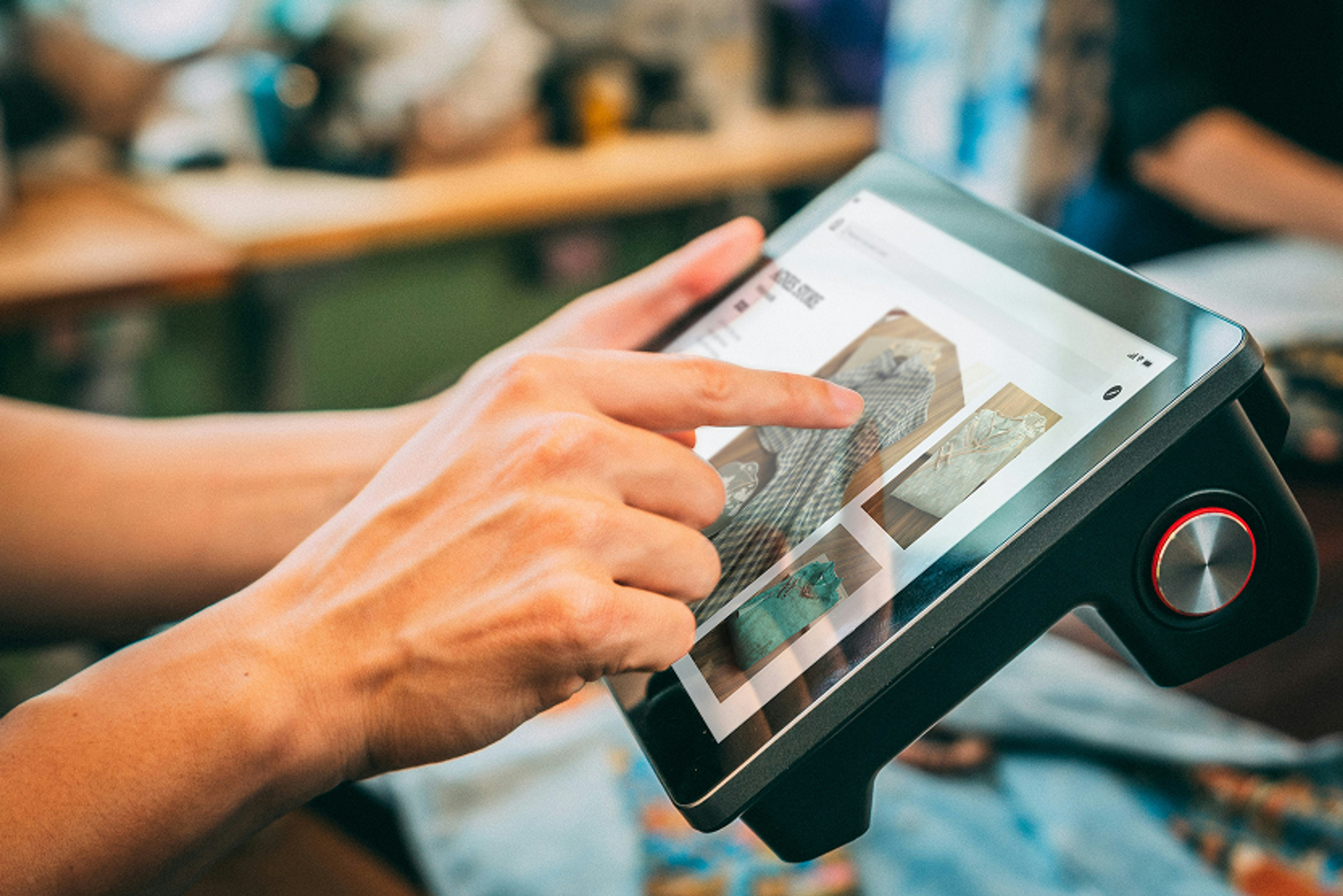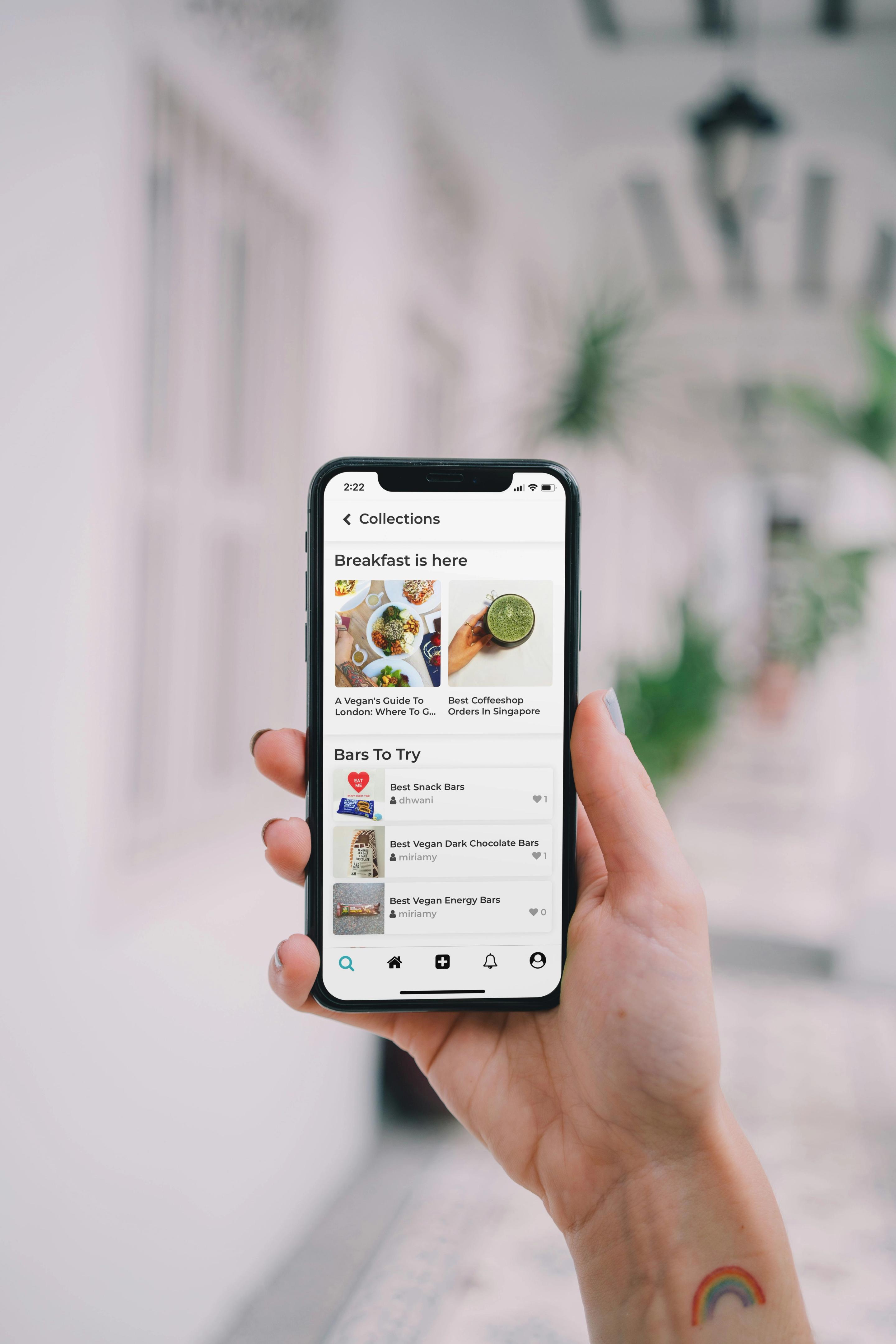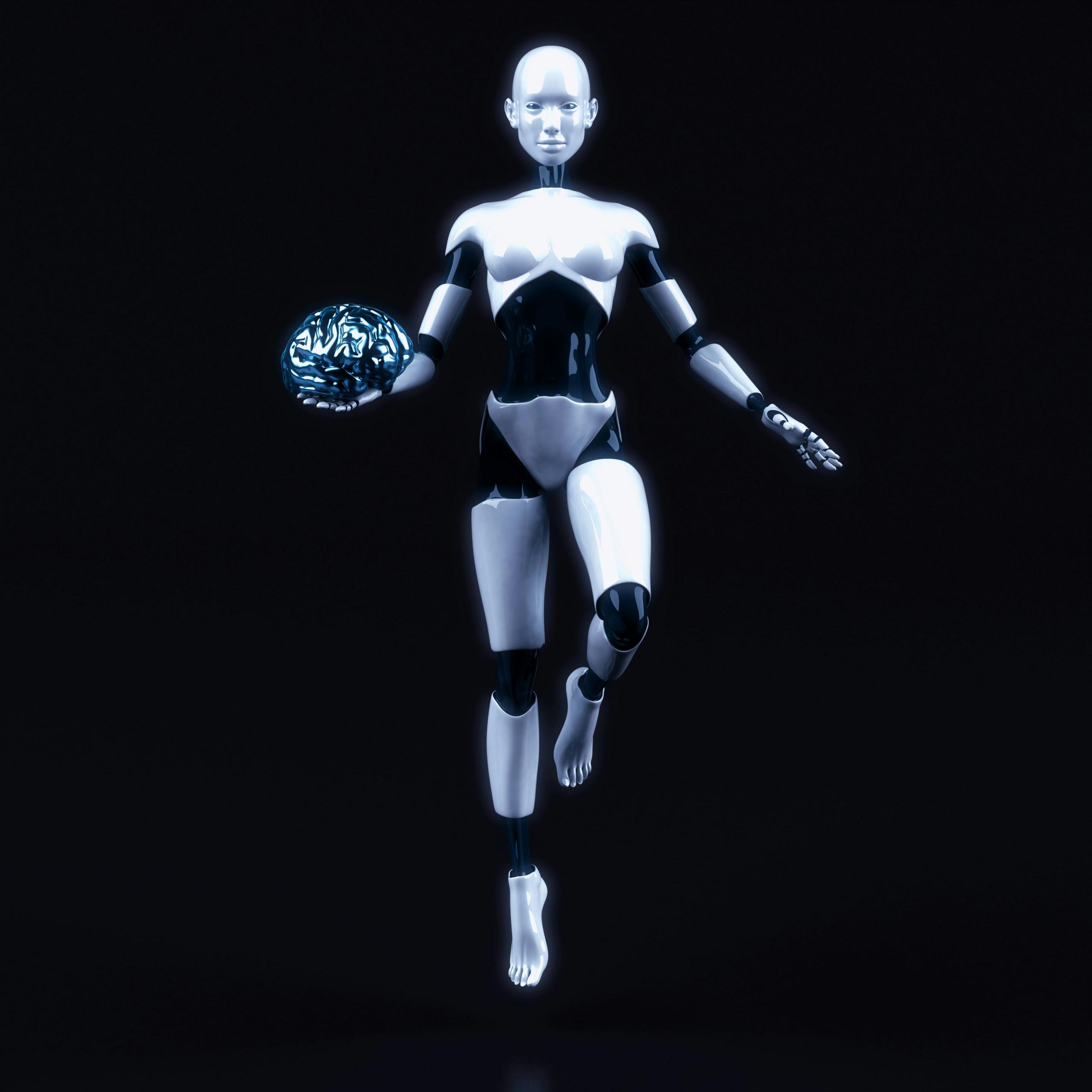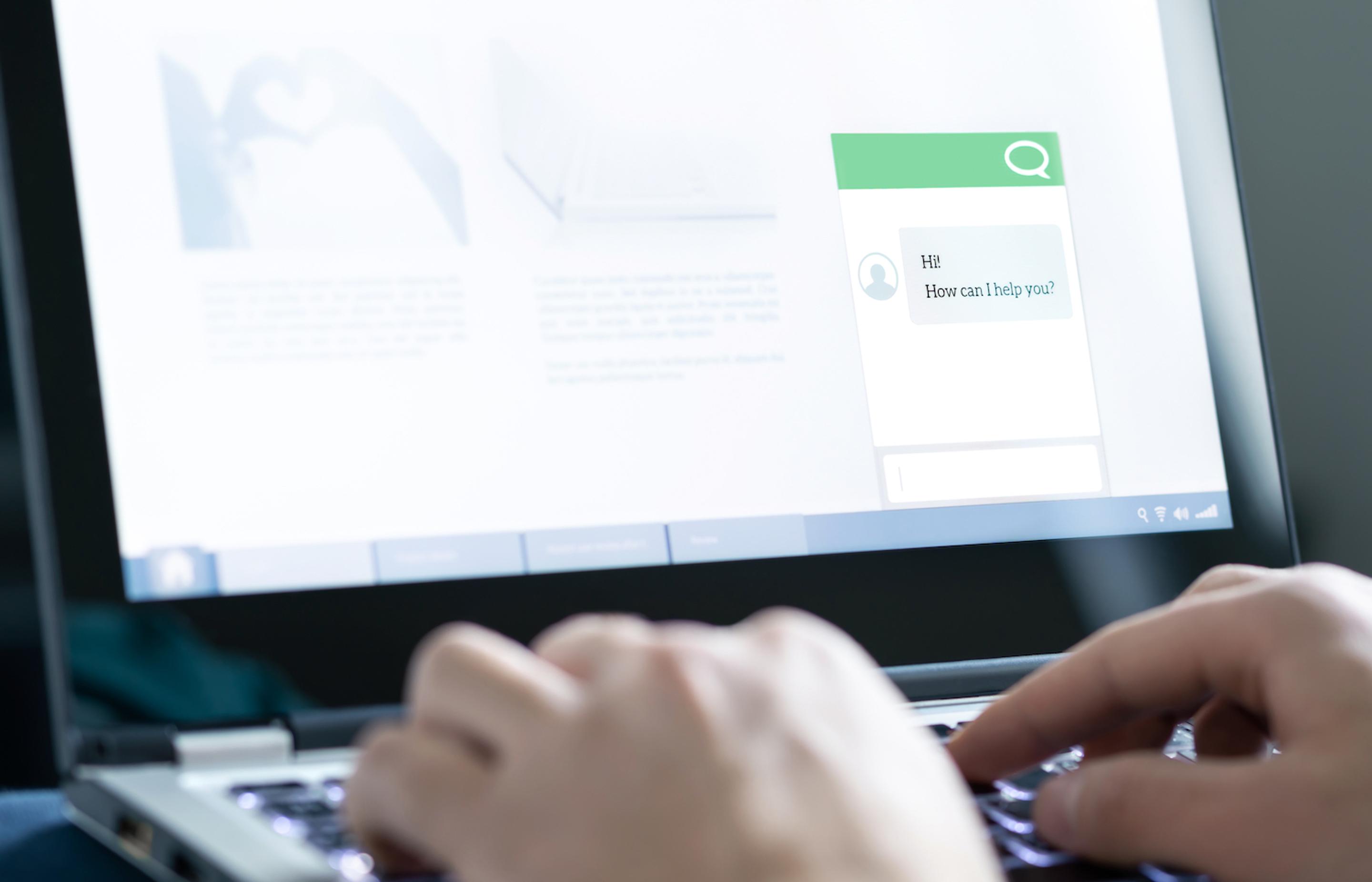Interview: making digital experiences truly personalised
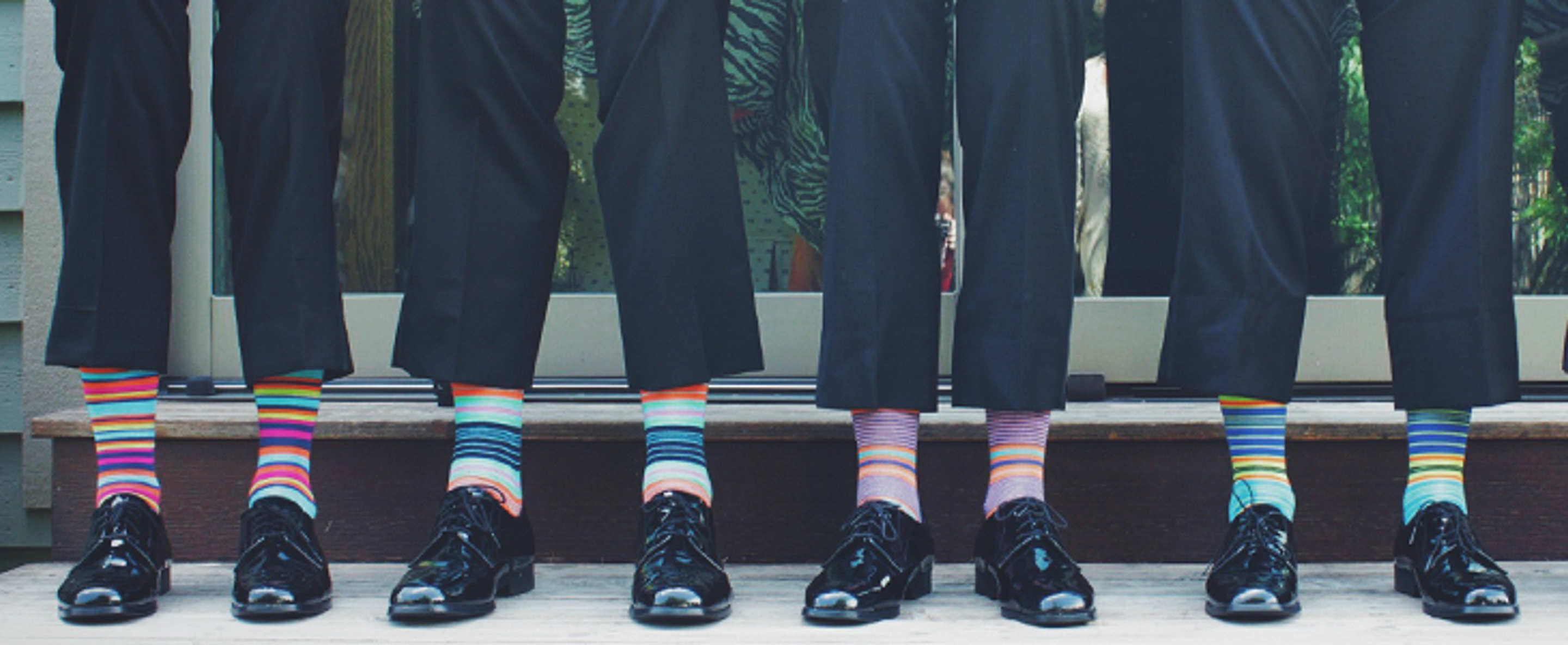
The exciting promise of personalised digital experiences is that users will become more engaged and loyal to the brands that deliver them. Advances in technology, data, and analytics allow businesses to deliver much more human experiences, even on digital channels. Our physical worlds are merging with the digital in ways we haven’t seen before.
To better understand trends in personalisation, we interviewed Senior Product Designer, Peter Howes, to explain how brands can create better digital experiences and drive personalisation through innovative technologies.
What is personalisation and why is it important?
One of the key pillars of a brilliant product is for the user to feel like it’s their own, to have a personal connection with it. A good example of this is housing. People naturally change their living environment to make it their own through personal touches, and the best digital products are taking advantage of this psychology.
Can you share any good examples of apps that nail personalisation?
Instagram is one of those great hybrid apps that is a mix between entertainment and utility, letting users scratch the itch of connectedness in a more engaging way.
Instagram uses psychological hooks which stimulate the dopamine reward pathway; the pathway which plays a part in addiction. Think of a slot machine: you never know what you’re going to get but you know it could be something good. And when you hit a jackpot, you get a rush. That's the reward pathway releasing dopamine, rewarding you and motivating you to do it again – but you still never know what you’re getting.
This is called randomisation, and the same technique works for Instagram’s algorithm. You scroll through endless posts and stories, never quite sure of what you’ll see but whenever you see one you like, dopamine is released and you keep going back for more.
But everything you see is tailored to you and your tastes. It’s the mix of behavioural techniques of randomisation and personalisation that makes Instagram so sticky. Of course, there are the downsides to this algorithm where users are likely to get stuck in their own bubble where they’re not exposed to many other thoughts/opinions/posts...but we won’t get into that today.
Do you have any advice for brands looking to personalise experiences at scale?
It’s really important to remember that no person is the same – we all communicate and interpret information in different ways. Ultimately, we all see the world differently.
In the physical world, if a person visits a restaurant or shop fairly often, the staff get to know them, their favourite orders, or their fashion style. They can make recommendations based on their knowledge of the person and what they think they’ll like.
Your expert knowledge is invaluable because oftentimes, you’re giving advice on something the user can’t do on their own. A personal trainer is going to know what exercises work for which goals. Financial experts know better about where to invest money and what type of bank account to open. By including an “expert in your pocket”, for example via AI through an app, businesses can provide a more personal, expert touch that you would normally only get in a store.
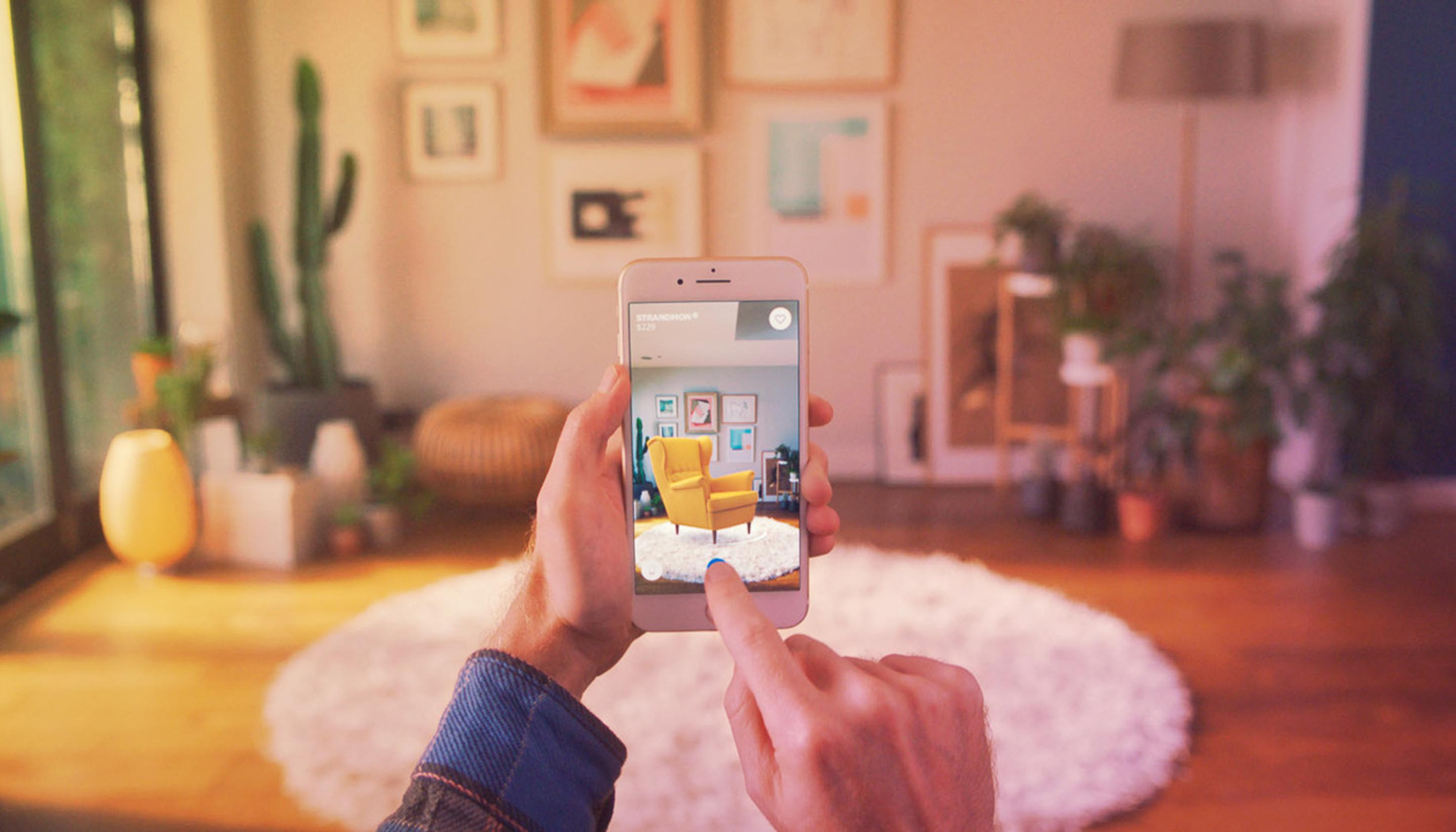
How can businesses implement personalisation in their digital products?
I think a lot of it comes down to knowing your users. That way, you can anticipate users’ needs and automate their experience, so that they’re not having to spend extra time inputting settings and filters to get to what they want. Brands need to find ways to fit around a user’s lifestyle without much effort on their part.
Let’s say someone is looking to purchase a table, for example. A shopping app could incorporate VAR that allows users to scan their room. The app then knows the room, it sees the colours, and it knows the style so that it can show tables that will be the right fit for that individual. It's all about making your brand more relevant and integrated with who your users are as people.
What can brands do to find out what their users are like?
You can learn a lot from the data collected from users’ past behaviour. And this knowledge ensures that your brand resonates with the actual people that interact with it. As we grow more comfortable with using digital products to fulfill our needs, we expect brands to know more about us and cater to our preferences. We want easy, quick, and efficient processes. We want recommendations that relate to our lifestyles.
A good example of this, that I’m sure everyone has experienced, is Google Search: Google knows what you’ve searched for in the past and have been searching for recently. When you type in the search bar, Google suggests things to you before you finish typing. These suggestions are not just based on your current search but are actually a mix of your current search, blended with your past and recent behaviour. It’s learning from your past behaviour and with a little bit of user input, it knows what you’re searching for and is able to cut a step out – which is one key aspect of personalisation; to make our lives easier (but also to cater to our lives as well).
What are some business benefits of personalising experiences?
It opens doors for industries to penetrate previously unattainable markets. Expert advice becomes more accessible (and more affordable) for different types of users – for example, those who previously would not have paid for a PT or financial advisor. But having AI versions of these in an app brings those qualities, on a lower level, to the masses. And when you bring anything to the masses, businesses can make more money than when just focusing on an individual.
What are some innovative ways businesses can personalise experiences?
Personalisation can work across any industry, for example with a coffee shop, like a Starbucks, Cafe Nero, or a Leon. Say you love Leon and always visit in the morning and you have a local branch. But one day, you might not be near your local; the app can send you a notification saying, “Hey, we can see that you’re in Aldgate. Your closest Leon is only a two minutes walk away. It's just here.” This goes beyond personalisation as well, but it targets your personality and your routine as well.
Likewise, with clothes shopping, for example, if you go into a physical shop you could maybe speak to someone and you'd get a really personal experience. You can try clothes on.
If you're online, most of the time you're just browsing images. So, say if we wanted to make online clothes shopping personalised – one way to do it could be through the models. Through data collection, a shop can get a pretty good idea of what a user is like; what size they are, and what clothes interest them.
So it can show models in their size, wearing the clothes they like, and in that way it really relates to them and their lifestyle, rather than a user having to do an endless scroll to get to their perfect outfit.
Retailers could also incorporate some form of AR so a user could “try on” clothes, even from their bedroom. If you've got a full size mirror, with AR you could turn on your camera and then hop those clothes on to see what they look like. It's not going to be perfect, but it will give you a pretty good idea.


